Archaeopteryx lithographica is arguably one of the most iconic fossils in paleontology. Discovered in Bavaria, Germany, in 1861, this remarkably well-preserved fossil represents a critical link between the reptilian and avian worlds. It’s a transitional fossil, exhibiting features of both dinosaurs and birds, offering invaluable insight into the evolutionary process. Its discovery, alongside other feathered dinosaurs, dramatically shifted our understanding of dinosaur evolution and supported Charles Darwin’s theory of evolution by natural selection. The preservation of this specimen, including evidence of feathers, has made it a cornerstone of avian phylogeny.
The importance of Archaeopteryx lies not just in its age – it lived around 150 million years ago – but also in the detailed combination of reptilian and avian characteristics. It possesses teeth, a long bony tail, and a wishbone (furcula) – traits associated with reptiles. Conversely, it possesses wings with feathers and a more streamlined body, characteristics that clearly point to its avian ancestry. This unique blend makes it an exceptional subject of study for understanding the origins of flight and the evolutionary transition from dinosaurs to birds.
Fossil Evidence and Preservation
The original Archaeopteryx fossil is a relatively incomplete specimen, comprising a partial skeleton. However, the preservation is extraordinary, showing traces of melanin, the pigment responsible for dark coloration in feathers and skin. This suggests that the feathers, although degraded over millions of years, were once richly pigmented. Furthermore, the fossil exhibits evidence of fossilized blood vessels, providing crucial information about the dinosaur’s circulatory system. The way the fossil was preserved in a fine-grained limestone matrix helped to keep the delicate feather structures intact for so long, though some damage is unavoidable.
Despite the incompleteness, scientists have been able to reconstruct much of the creature’s body plan. The most compelling evidence comes from the numerous feather impressions found alongside the fossil – these are not simple impressions, but rather three-dimensional replicas of the feather barbs and barbules. These structures indicate a complex feather organization, suggesting that Archaeopteryx possessed a relatively advanced feather structure, though likely not capable of powered flight as we understand it today. Detailed analysis has also identified evidence of keratin in the feather shafts, confirming their biological origin.
Types of Feathers: Structures and Distributions
The feather evidence from Archaeopteryx is complex and has been a source of considerable debate among paleontologists. Initially, it was believed that the feathers were only found on the wings, but more recent research indicates that primitive feathers were likely present across the entire body. Microscopic analysis of the feather impressions reveals a diverse range of feather types, including pennaceous feathers (the long, flight feathers), as well as simple, hair-like filaments.
The pennaceous feathers on the wings are the most conspicuous, and show a clear arrangement mirroring that of modern flight feathers – a rachis (central shaft) with vanes extending outwards. However, the presence of smaller, simpler feathers, particularly along the arms and tail, suggests a different function. These simpler feathers may have served for insulation, display, or perhaps even gliding. It's increasingly likely that multiple types of feathers were present, each serving a specific purpose within the organism’s life.
Debate Regarding Flight Capability
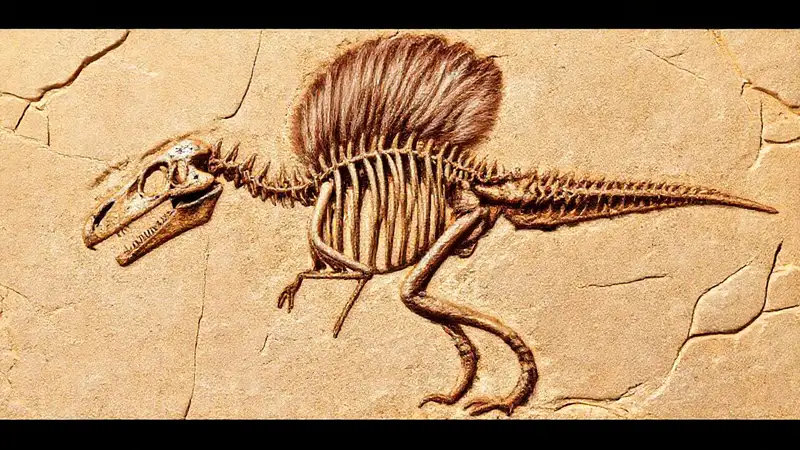
For decades, there was a considerable debate regarding whether Archaeopteryx could actually fly. Some researchers argued that the fragile nature of the wings and the limited skeletal structure suggested it was incapable of sustained flight. Others proposed that it may have been able to glide or hop using its wings, providing a crucial stepping-stone in the evolution of flight. Recent studies utilizing biomechanical models have provided stronger support for gliding capabilities.
These models, based on the fossil’s skeletal proportions and the structure of the feathers, indicate that Archaeopteryx likely possessed the ability to launch itself from a high point and glide for considerable distances. The feathers were likely structured to provide lift and stability, allowing for controlled descent. It's important to note that this doesn't necessarily mean it could achieve powered flight like modern birds, but it does demonstrate a capacity for aerial locomotion. The exact level of flight performance remains a topic of ongoing research.
Evolutionary Significance and Phylogenetic Position
Archaeopteryx’s position on the evolutionary tree is crucial for understanding avian origins. It’s considered a direct ancestor to modern birds, although its precise relationship to other dinosaur groups is still being investigated. Phylogenetic analyses consistently place Archaeopteryx as a crucial node in the dinosaur lineage, demonstrating a clear transition from the non-avian theropod dinosaurs to avian forms.
The discovery of other feathered dinosaurs, such as Velociraptor and Deinonychus, has further solidified the concept of a “feathered dinosaur” clade. These discoveries dramatically altered the perception of dinosaurs as solely scaled, cold-blooded reptiles, proving that they were capable of possessing diverse integumentary structures. Archaeopteryx, alongside these other fossils, provides a valuable framework for reconstructing the evolutionary history of birds and helps to understand the emergence of flight.
Conclusion
Archaeopteryx lithographica continues to be a profoundly significant fossil, offering an unprecedented glimpse into the earliest stages of avian evolution. Its remarkably preserved features, including the evidence of feathers, have revolutionized our understanding of the transition between reptiles and birds. The debates surrounding its flight capabilities, and the ongoing research into its phylogenetic position, underscore the complexities and ongoing discoveries in paleontology.
Despite the challenges of studying such an ancient fossil, continued advancements in imaging techniques, biomechanical modeling, and phylogenetic analysis will undoubtedly continue to illuminate the story of Archaeopteryx and its crucial role in shaping the evolutionary journey towards the birds we see today. It stands as a testament to the power of fossil evidence to reveal the dynamic history of life on Earth.
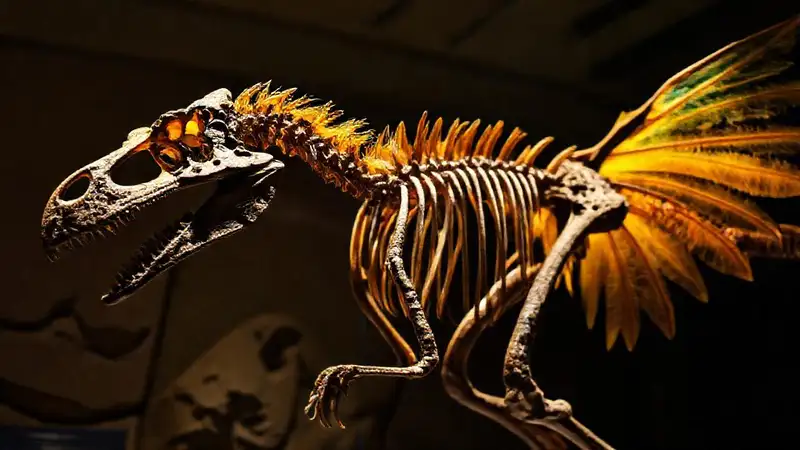
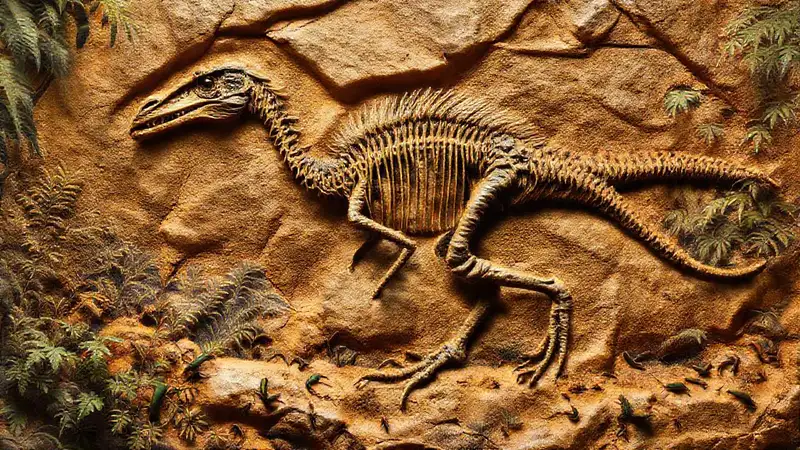
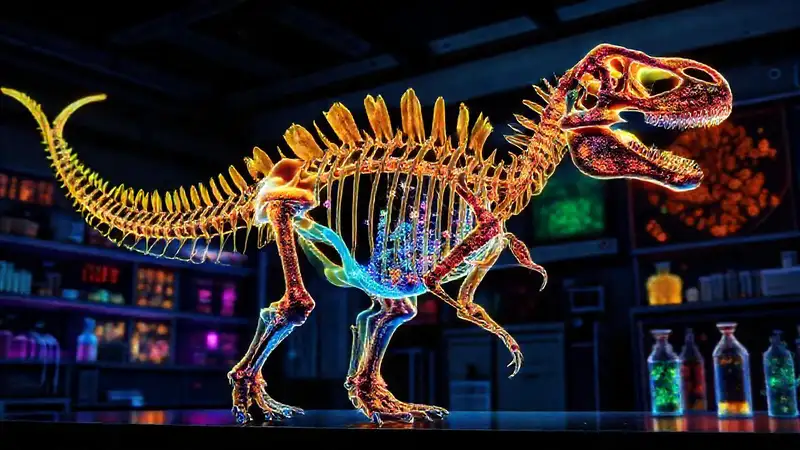
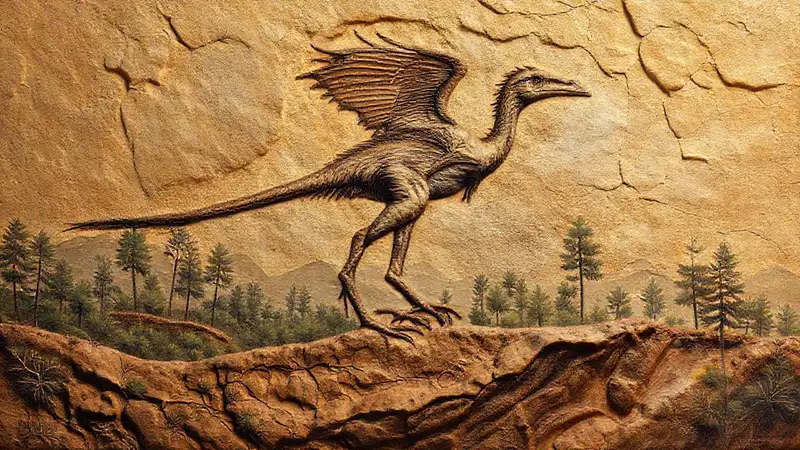
Deja una respuesta